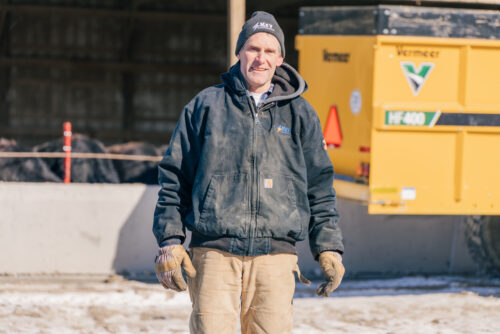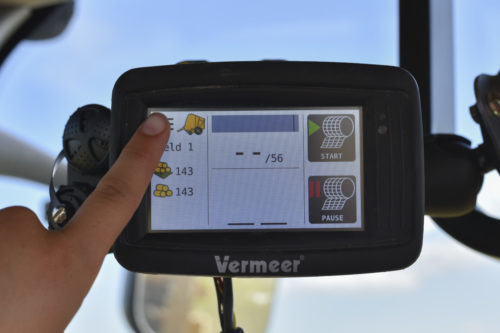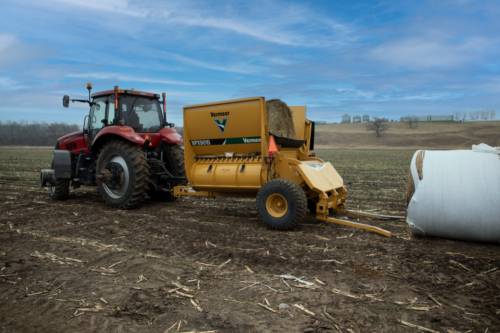
Ending the Moisture Guessing Game
February 2015
Years from now when moisture sensors on balers are as commonplace as calculators on cell phones, it’s likely that younger generations will chuckle at how growers once checked for moisture in their hay.
They will sit awestruck around the campfire, listening to unbelievable tales of how “old-timers” used to hop out of the cab and check it manually. Their jaws will drop when hearing how they used to physically pick up the hay with their bare hands, grabbing and twisting (some even biting) the hay, doing anything to it that might elicit some clue as to how much moisture was hidden within.
“How bizarre … how ludicrous!”
Such will be the reaction of future generations when they hear of the practices many growers still employ today. To be sure, in these times it isn’t out of the ordinary for haymakers to “use their gut” to determine moisture levels. But the method is losing advocates as more growers realize the consequences of inaccurate moisture estimates.
“Most folks would be surprised to know what their gut tells them is three to five points different than it actually is,” said Phil Chrisman, Vermeer Baler Product Manager.
The tendency, according to Chrisman, is to bale when the hay is too wet, which can lead to mold, heat and nutritional loss due to spoilage. By having a moisture sensor in the baler that reads real-time moisture levels, you can make an informed decision on when to bale.
“If the sensor says it’s at 18 percent moisture, I know that’s too wet to bale. So you ask, ‘Do I have time to stop baling and wait for it to dry? What’s my schedule like? What is the weather like?’ Now you can plan and make decisions from a nutrient value standpoint,” Chrisman said.
"The tendency, according to Chrisman, is to bale when the hay is too wet, which can lead to mold, head and nutritional loss due to spoilage."
Chrisman said even the best operators – or those who can most accurately gauge moisture levels on their own – will encounter anomalies in the field that they would never think of. In other words, moisture levels are seldom consistent across entire fields, and only with a moisture sensor can you be certain of changing moisture levels at all times.
Vermeer introduced its first moisture sensor on the Super M Baler in 2008, and currently offers optional moisture sensors on Rebel Series Balers, N Series Balers, Rancher Series Balers and Super M Series Balers. Popularity of new Vermeer balers including moisture sensing technology has more than doubled in the past few years.






